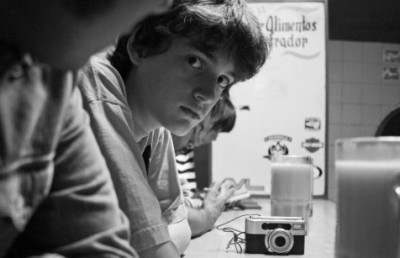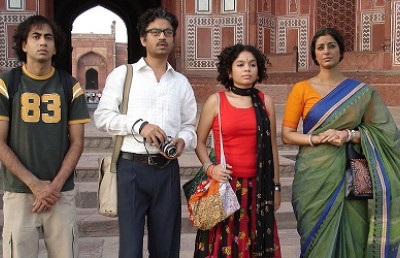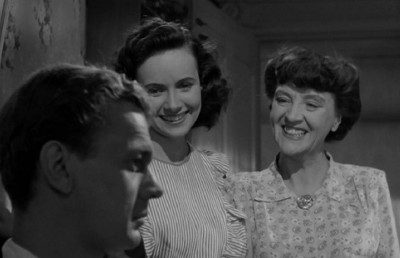Sports Queen (1934): Li Lili, the Physical Fitness Propaganda Film, and the New Life Movement of the 1930s
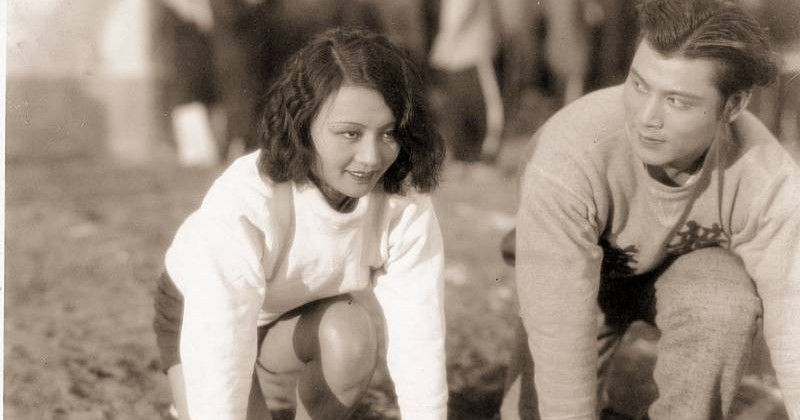
In the early 1910s, a young Chinese film enthusiast named Sun Yu agreed to take a classmate’s place in their middle school’s 400-meter dash. Hardly athletic, he collapsed and vomited before reaching the finish line, but nonetheless developed a fascination with sports (Rea 75). After graduating Qinghua University in 1923, Sun continued his passion for the arts, going abroad to the United States, where he translated poetry and studied film, theater, and photography in New York (Griffithiana 157). While his claims of being the first Chinese filmmaker to study abroad may or may not have been true, Sun’s international education contributed to his critically acclaimed debut films and his subsequent hiring at Lianhua Film Company. The latter was a progressive studio channeling higher budgets into its films, whose manifesto swore to “launch the movement of reviving national cinema” (Zhang 60-1). Recruiting a director like Sun, whose training was matched by a keen sensitivity for relatable social trends, was in their best interest.
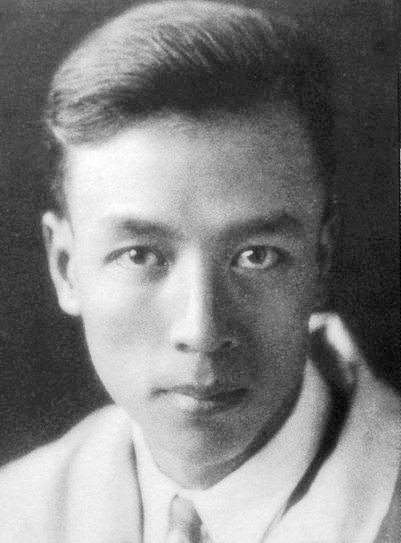
Sun Yu (1900-1990)
Sun’s early pictures for Lianhua tackled themes such as anti-capitalism (Spring Dream in the Old Capital, 1930), marrying for love rather than gain (Wild Flower, 1930) and, as tensions with Japan quickened toward what would eventually become the Sino-Japanese War, and eventually World War II, anti-imperialism (Little Toys, 1933, The Big Road, 1934, and the lost Going to Aid the Nation Together, 1932). Some of these pictures enraged government censors, as China’s ruling nationalist party, the Kuomintang, led by President Chiang Kai-shek, wished to avoid conflict with Japan and likewise disapproved of films conveying sentiments associated with communism (such as demonizing capitalists). (Leyda 88-9, Pang 57) In a strange twist of fate, after seeing his Going to Aid the Nation Together banned from exhibition and being forced to place anti-Japanese sentiments under the surface in Little Toys (the villains are identified as “imperialists” and “the enemy”), Sun Yu made a film coinciding with Kuomintang policies.
In early 1934, Chiang Kai-shek gave five speeches outlining what became known as the New Life Movement. This campaign associated hardships endured by working-class Chinese not with overbearing capitalism but rather with “unbearable filthiness,” “hedonism,” and “laziness,” and advocated solutions such as physical fitness. (In Chiang’s words: “a healthy mind resides in a healthy body”) (Dirlik 947-50). The timing was favorable for this counterrevolution and its health mantras. Students in the anti-imperialist May Fourth Movement of 1919 had declared fitness essential for China’s future, and film stars were expected to assume athleticism. As China’s most beloved male actor, Jin Yan, proved himself a capable basketball player, the women’s magazine Linglong scorned actresses for posing in bathing suits merely to show off their figures (Gao 96-7). In 1932, an advice columnist for Chenbao newspaper recommended Hu Die, the nation’s top female film star, take tennis lessons to improve her physique (Xiao 197).
Early 1934 also witnessed government-level recognition of the Scouts of China, something of an equivalent to the Boy Scouts, and the first issue of the magazine Healthy Beauty Monthly (Rea 65-6). That same year, another publication called Liangyou Illustrated saluted competitive swimmer Yang Xiuqiong as one of the nation’s female role models. (Ding 108) With the qualifying trials for the Far Eastern Championship Games to begin that April, 1934 was an optimal time for a nationalistic sports movie. Lianhua’s historical ties to the Kuomintang made it the ideal production house for such a film. The company’s board of trustees included China’s foreign minister and the President of the Nationalist Government’s Superior Court (Ding 126). In addition, Lianhua founder Luo Mingyou signed an agreement to produce newsreels for the Kuomintang in May 1933 (Zhang 61). On occasion, a Lianhua filmmaker released a movie that clashed with Kuomintang policies. Bu Wancang’s Three Modern Women (1933) dramatized the 1932 Japanese bombing of Shanghai and depicted Chinese workers standing up to their employers. As a result, the censors ordered the film withdrawn and re-edited (Pang 57). But whereas other film studios violating censorship policy were forced to fire employees or were even burned to the ground, as was the case with Yihua Film Company (Zhang 67), Lianhua remained open, perhaps because Luo Mingyou also made national policy films to appease the government, such as National Customs (Mingyou and Zhu Shilin, 1935). Despite the occasional problematic film, the studio maintained a healthy relationship with the government and was in a good position to make a film championing New Life Movement politics. What is more, they employed an acclaimed director with a personal interest in sports.
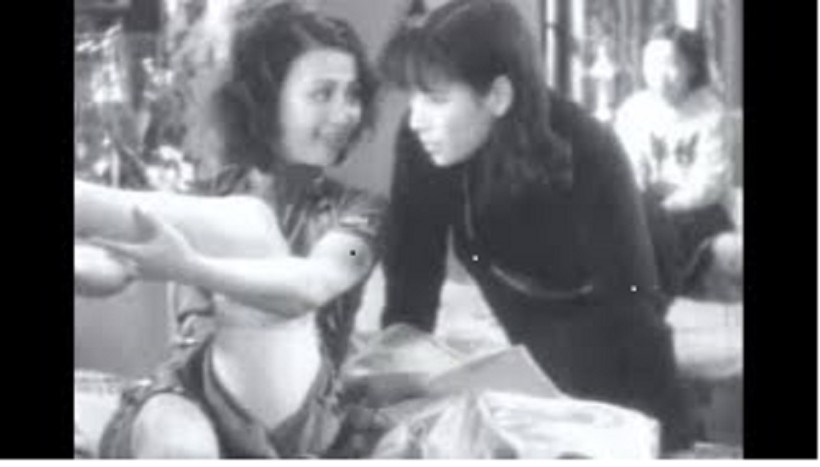
Li Lili (left) in Sports Queen (1936)
Also known as The Athletic Queen (Lianhua’s official English title for the film [Rea 57]), Sports Queen tells the story of Lin Ying, a free spirit from the countryside who comes to Shanghai to attend Jing Hua (“Competitive China”) Women’s Sports Academy. There she is discovered to be an exceptional track runner and breaks three national records before participating in the earlier mentioned Far Eastern Championship Qualifying Trials. Despite the occasional frivolous distraction, including brief fraternization with a soccer player, she embodies an understanding of the “true athletic spirit,” which she believes can improve China. Arriving in Shanghai, Ying observes the city’s broad spectrum of inhabitants, the obese and the scrawny, before proclaiming: “I know why China isn’t strong! The Number One reason is that its body is too weak!” To which her father replies, “There you go again with your ‘fitness to save the country’ talk!”
Ying doesn’t immediately become an activist, but finds at the academy a romantic interest and spiritual ally in her track coach, whose lectures contain verbiage eerily reminiscent of certain lines from Chiang Kai-shek’s New Life speeches. (“A healthy body leads to a healthy spirit!” “Healthy bodies are the source of power that enable a nation to strengthen itself!”) Through his moralizing and her own experiences (the soccer player introduces Ying to alcohol, which she immediately rebuffs), she reverts to her dedication to athletics as philosophy. Her beliefs deepen after three colleagues conspire to beat her at the qualifying trials, seeking nothing but glory, and one of them dies in the attempt. Ying allows herself to be defeated at the races, her rivals achieving fame while she remains committed to the spiritual virtues of sportsmanship.
Ying is played by Li Lili, an ingenue promoted by Sun Yu and a rising star in the early 1930s. The daughter of a communist intelligence agent, Li made her film debut in Invisible Swordsman (1926), directed by her father, Qian Zhuangfei, when she was just eleven years old. (Gao 101) She was adopted as a teenager by the leader of the China Song and Dance Troupe, presumably to save her from the Nationalists pursuing her father (Griffithiana 144-5). The troupe was purchased by and became a subsidiary of Lianhua in 1931, as Luo Mingyou recognized he needed actresses with vocal training for the coming age of sound. (Chang 146) This provided Li an easy transition to motion pictures. While her initial roles consisted of bit parts, a piano player in A Spray of Plum Blossoms (Bu Wancang, 1931), a stage performer in Two Stars in the Milky Way (Shi Dongshan, 1931), she eventually caught the eye of Sun Yu. “[Li] was very young and naïve,” the director remembered. “I chose her because of her naïvety” (Sergeant 259).
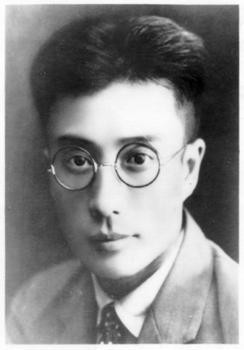
Quian Zhuangfei (1895/1896-1935), doctor, film director, Communist Party intelligence operative, and father of Li Lili
However, naïveté is not among the adjectives defining Li Lili’s screen persona. A more appropriate description was provided by film historian Tony Rayns, whose programme notes for a 1985 Chinese film retrospective more accurately characterize the actress as “an exotic, exuberant and supremely self-confident sex symbol.” This was evident in her first movie for Sun, Revenge in the Volcano’s Shadow (1932), where Li, playing a dancer in a tropical overseas club, interrupts a boxing match by stepping into the arena and flaunting her sex appeal. Sun cast the burgeoning starlet again in Little Toys (1933), this time as a perpetually positive role model, a young woman inspiring dedication to fellow Chinese and leading children in calisthenics.
As indicated in the latter scene, Li was no stranger to fitness. In contrast to petite idols such as Hu Die and Ruan Lingyu, she distinguished herself with a build that was simultaneously athletic and erotic. (Numerous scenes in Sports Queen carefully block and frame the actress to showcase her muscular legs, which historian Victor Fan has noted were often described by the tabloids as “jade pillars”). (GCM) Behind the scenes, Li was active playing basketball, riding horses, and biking to and from the English Department at Southern Ocean Business School, a tennis racket hanging from her bookbag. Shanghai’s news outlets and municipal organizations were thus quick to capitalize on her physical vigor. She participated in the opening ceremony for Shanghai Swimming Pool, and a 1934 promotional photo showed her being coached by male track athlete Wang Jingxi, an image not dissimilar to the training sequences in the film under discussion. (Gao 108-9) Li Lili was, in the words of film historian Ding Yaping, “a perfect introduction to the Chinese films of the 1930s for modern audiences because her body beauty was of modern style.”) (225)
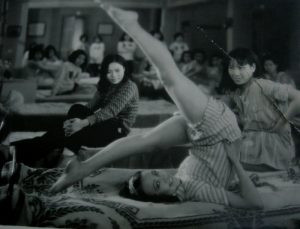
Li Lili shows off her legs, from Sports Queen (1936)
In Sports Queen, Li Lili’s allowed the chance to exhibit some of the “naïveté” that attracted Sun to her. While a staunch advocate for the “true spirit” of sportsmanship, she does occasionally give into her temptations, for example, trying to seduce her coach, who rejects her advances despite the mutual attraction, and engaging in the night life after rising to fame. Her character also boasts a mischievous side. In one key scene, Li attempts to run away from the soccer player trying to seduce her and is rescued by her coach. During their walk back to campus, Li professes dedication to what the coach has taught her. But it’s also during this nighttime walk that she reveals she hasn’t given up on her romantic interests. At one point, she shudders in the breeze, coyly shooting quick glimpses at her coach as he removes his jacket for her to wear, ensuring that he’s giving her the attention she wants.
Filming on Sports Queen primarily took place at Shanghai’s Liangjiang Women’s Sports Normal College, and many of the athletes in the film are actual attendees at the school. Although championing values promoted by the New Life Movement, director Sun nonetheless managed to work in social tendencies that generally upset the censors but fascinated him. Early in the film, as Ying rises as a national track star, the film cuts to a group of impoverished men, one of them a former athlete fallen on hard times. The man (an uncredited cameo by Sun) ends the scene screaming in hysterics as he remembers his long-gone fame, symbolized by an interlude of animated trophies whisking toward the camera. Seemingly condemning fame and riches as fleeting and superficial, not an uncommon sentiment in Sun’s filmography, the sequence also indicates the fate in store for the rival whom Ying allows to win at the drama’s end. (“All those would-be queens and all their fans,” the coach tells her afterward. “Someday we’ll bury them all!”)
Sun also incorporates a dollop of anti-Japanese sentiment: a newspaper briefly mentions that Manchuria (which became a puppet state of Japan three years earlier) has been disqualified from participating in the qualifying trials. In interviews, though, the director spoke diplomatically of the film’s message, telling Lianhua hubao: “[S]trengthening the body will not necessarily save the nation, but the citizens who are to save the nation must have strong bodies.”
Released on April 14, 1934, the same day as the actual trials for the Far Eastern Championship, with an opening dedication “to those diligent warriors who strive to maintain the true athletic spirit,” the film became a tremendous success and spawned a slew of merchandise that included the hit musical booklet Sports Queen: Selections of Modern Popular Songs (Gao 110-2). Athleticism remained a favorable trait in celebrities. Magazines such as The Women’s Pictorial and The Young Companion ran photos of sports stars alongside those of politicians and the “female athlete film” remained popular for decades, with pictures such as Woman Basketball Player No. 5 (Xie Jin, 1957) and a 1961 Hong Kong picture also titled Sports Queen (Rea 58; 74).
As for Li Lili, she continued to embody positivity and inspiration, even after the Cultural Revolution, when she suffered persecution at the orders of Qiang Jing, the wife of Chairman Mao Zedong and a former actress who, under the stage name Lan Ping, shared the screen with Li in Blood on Wolf Mountain (Fei, Mu 1936). Despite losing her husband to the Revolution, Li Lili continued acting, remarried, and became a professor at the Beijing Film Academy. In her later years she remained the staunch inspirational figure. “Sometimes you need to swim against the current,” she once told her grandson-in-law. “Even if everyone is going in one direction in a bad way, you do what is right and moral. Even if that means going against everyone else. Never forget that.”
Bibliography
Chang, Michael G. “The Good, the Bad, and the Beautiful: Movie Actresses and the Public Discourse in Shanghai, 1920s-1930s” in Zhang, Yingjin (ed). Cinema and Urban Culture in Shanghai, 1922-1943. Stanford: Stanford University Press, 1999.
Ding Yaping. Translated by Jin Haina. General History of Chinese Film I. New York: Routledge, 2022.
Dirlik, Arif. “The Ideological Foundations of the New Life Movement: A Study in Counterrevolution.” The Journal of Asian Studies, Vol. 34, No. 4, Cambridge University Press, Association for Asian Studies, 1975.
Gao Yunxiang. “Sex, Sports, and China’s National Crisis, 1933-1945: The ‘Athletic Movie Star’ Li Lili (1915-2005).” Modern Chinese Literature and Culture, Vol. 22, No. 1 (Spring 2010).
“#GCM LIVE CHAT 4_GUOFENG.” YouTube. https://www.youtube.com/watch?v=RqHunIpihoU. Accessed 15 October 2022.
Kerlan-Stephens, Anne. “The Making of Modern Icons: Three Actresses of the Lianhua Film Company.” European Journal of East Asian Studies, Vol. 6, No. 1 (2007).
Lehman, Peter, and Davide Turconi (ed). Griffithiana, 60/61. Udine: La Cineteca del Friuli (October 1997).
Leyda, Jay. Dianying, Electric Shadows: An Account of Films and the Film Audience in China. Cambridge: The MIT Press, 1972.
Pang Laikwan. Building a New China in Cinema: The Chinese Left-Wing Cinema Movement, 1932-1937. Lanham: Rowman & Littlefield Publishers, Inc., 2002.
Rea, Christopher: Chinese Film Classics, 1922-1949. New York: Columbia University Press, 2021.
Rein, Shaun. “What I Learned from China’s Angelina Jolie.” Forbes, 10 August 2010.
Sergeant, Harriet. Shanghai: Collision Point of Cultures 1919-1939. New York: Crown, 1990.
Xiao Zhiwei. “Constructing a New National Culture: Film Censorship and the Issues of Cantonese Dialect, Superstition, and Sex in the Nanjing Decade” in Zhang, Yingjin (ed). Cinema and Urban Culture in Shanghai, 1922-1943. Stanford: Stanford University Press, 1999, 183-199.
Zhang Yingjin. Chinese National Cinema. New York and London: Routledge, 2004.



